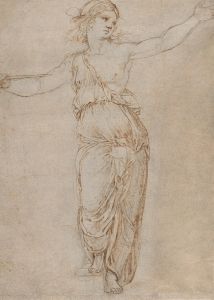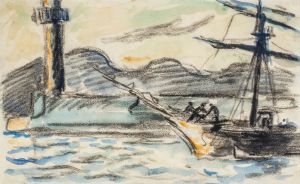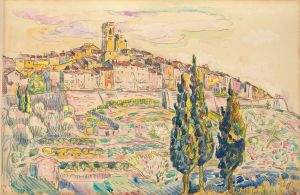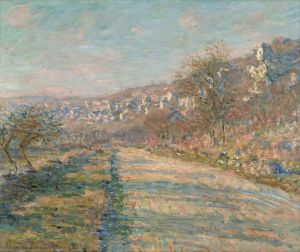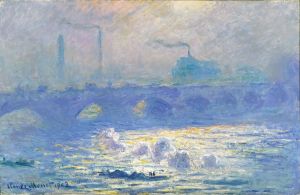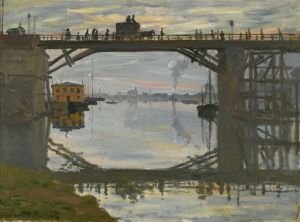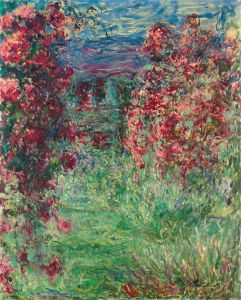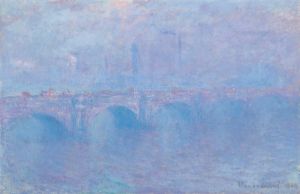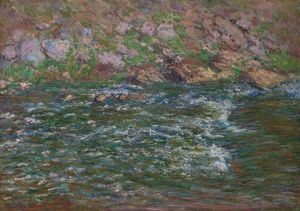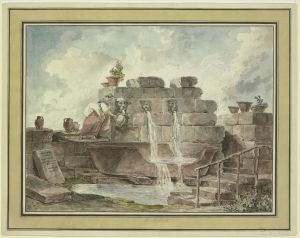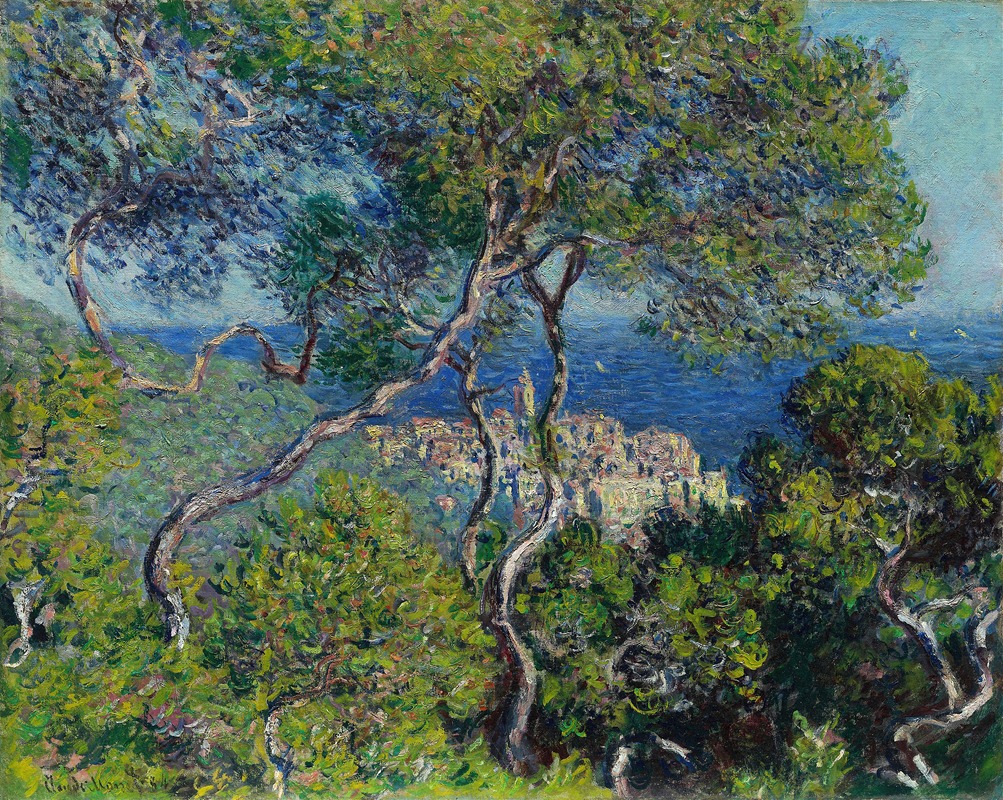
Bordighera
A hand-painted replica of Claude Monet’s masterpiece Bordighera, meticulously crafted by professional artists to capture the true essence of the original. Each piece is created with museum-quality canvas and rare mineral pigments, carefully painted by experienced artists with delicate brushstrokes and rich, layered colors to perfectly recreate the texture of the original artwork. Unlike machine-printed reproductions, this hand-painted version brings the painting to life, infused with the artist’s emotions and skill in every stroke. Whether for personal collection or home decoration, it instantly elevates the artistic atmosphere of any space.
"Bordighera" is an oil painting created by the renowned French Impressionist artist Claude Monet in 1884. This artwork is part of Monet's series of paintings that capture the scenic beauty of the Mediterranean landscape during his stay in Bordighera, a town located on the Italian Riviera, near the border with France.
Claude Monet, known for his pioneering role in the Impressionist movement, was deeply interested in capturing the effects of light and atmosphere in his paintings. His visit to Bordighera was part of a broader journey through the Mediterranean, where he sought to explore new environments and the unique qualities of light they offered. Monet arrived in Bordighera in January 1884 and stayed for several weeks, during which he produced numerous paintings that reflect the vibrant colors and lush vegetation of the region.
"Bordighera" exemplifies Monet's fascination with the interplay of light and color. The painting depicts a view of the town surrounded by a rich tapestry of Mediterranean flora, including palm trees and other lush vegetation. Monet's use of bold brushstrokes and a vivid color palette captures the intensity of the sunlight and the vibrant hues of the landscape. The composition is characterized by its dynamic arrangement of forms and the harmonious blending of colors, which convey a sense of movement and vitality.
Monet's technique in "Bordighera" reflects his commitment to plein air painting, a method that involves painting outdoors to directly observe and capture the effects of natural light. This approach allowed Monet to depict the transient qualities of the landscape with immediacy and authenticity. The painting's lively brushwork and the interplay of light and shadow demonstrate Monet's mastery in conveying the atmosphere of the Mediterranean setting.
The painting is also notable for its depiction of the architectural elements of Bordighera, which are integrated into the natural surroundings. Monet's rendering of the town's buildings, nestled amidst the lush vegetation, highlights the harmonious relationship between human habitation and the natural environment in this picturesque locale.
"Bordighera" is part of a larger body of work that Monet produced during his travels along the Mediterranean coast. These paintings are celebrated for their innovative use of color and light, which marked a significant development in Monet's artistic style. The works from this period reflect Monet's ongoing exploration of new landscapes and his ability to adapt his techniques to capture the unique qualities of different environments.
Today, "Bordighera" is held in high regard as an exemplary work of Impressionist art. It is part of the collection at the Art Institute of Chicago, where it continues to be admired by art enthusiasts and scholars alike. The painting serves as a testament to Monet's enduring legacy as a master of capturing the ephemeral beauty of the natural world through his innovative approach to painting.






